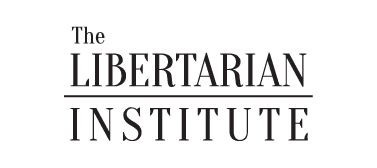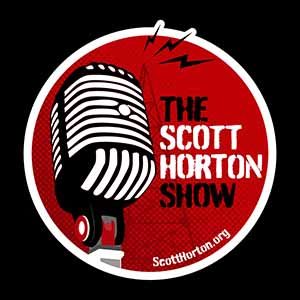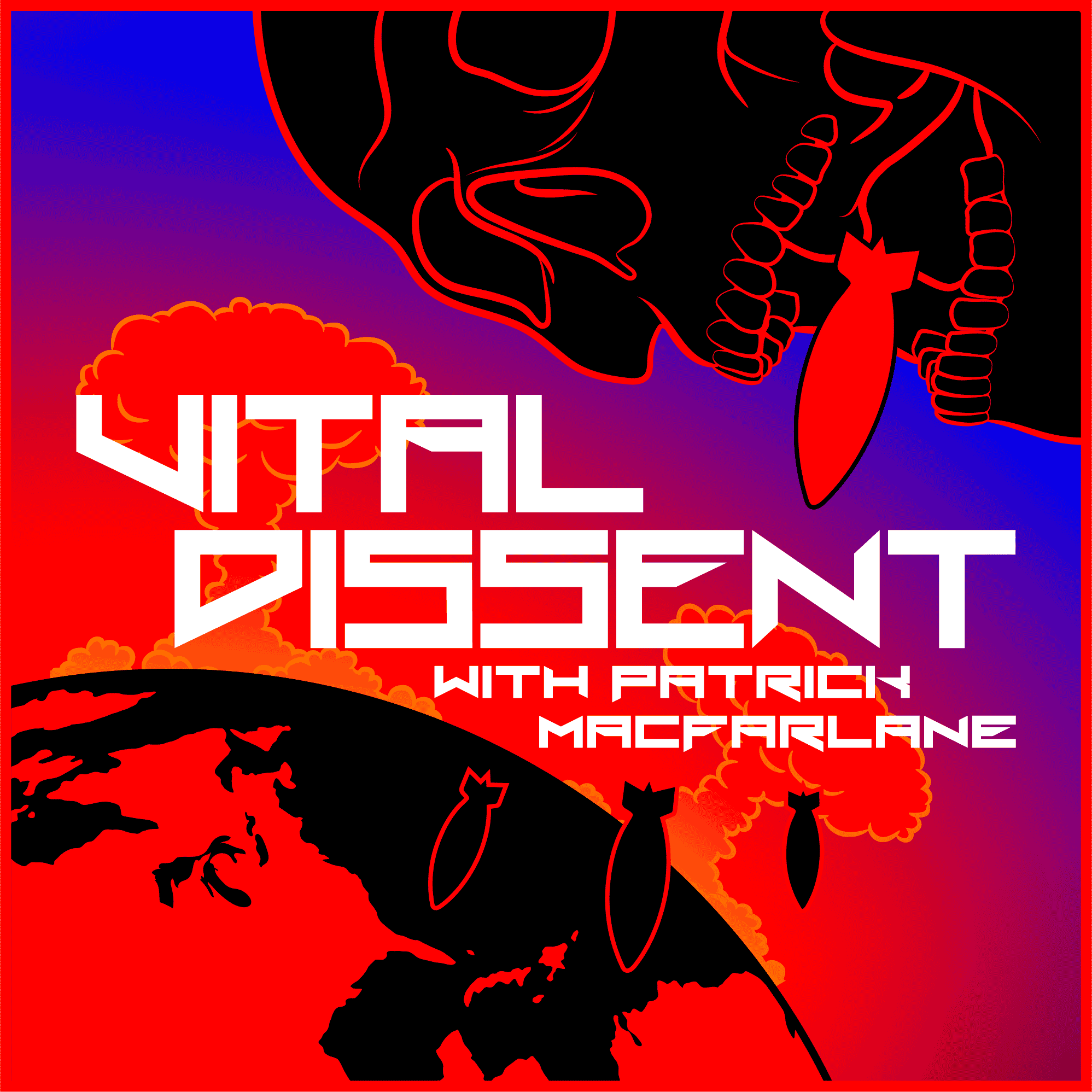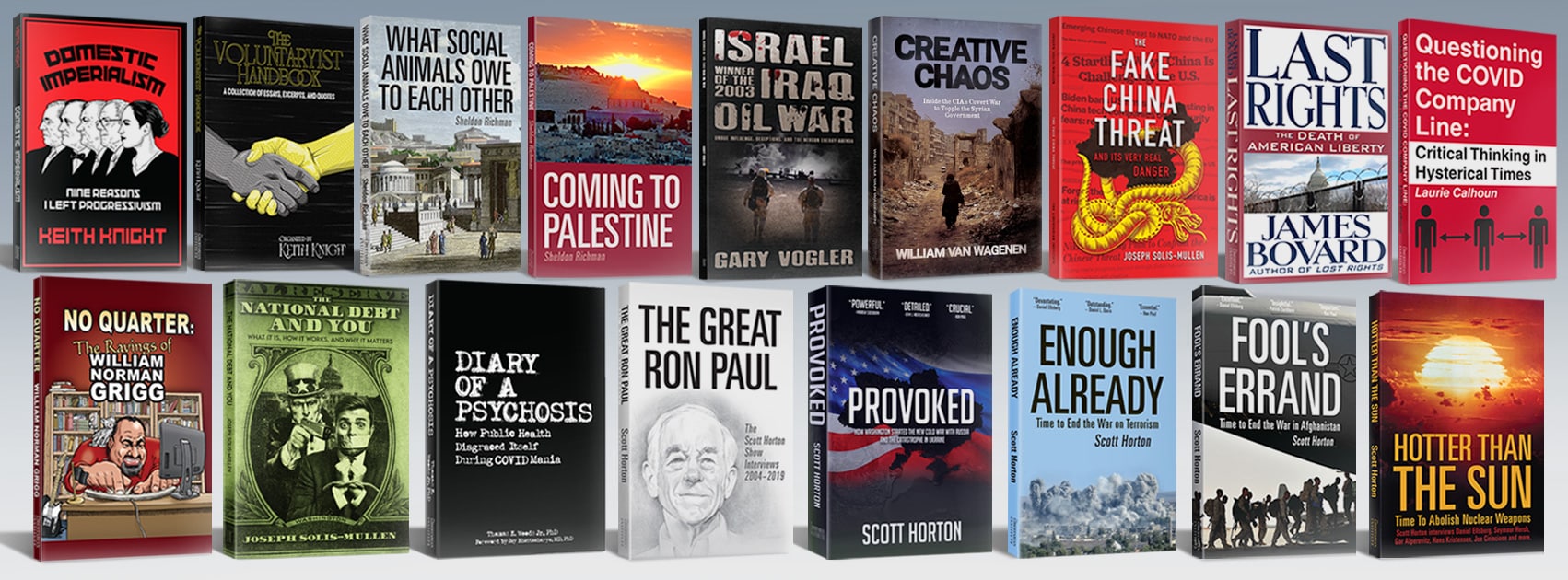On April 2, 2025, President Donald Trump stood in the White House Rose Garden to declare “Liberation Day”—a sweeping new tariff initiative aimed at reducing the U.S. trade deficit and revitalizing domestic manufacturing. The policy introduces a 10% blanket tariff on all imports starting April 5, followed by a second wave of “reciprocal tariffs” targeting sixty countries as of April 9. These include China (34%), the European Union (20%), Taiwan (32%), and South Korea (25%). Canada and Mexico are exempt from the second wave, but existing tariffs on autos and steel remain in place.
The White House has framed this effort as a long-overdue corrective to perceived global trade imbalances. In practice, however, it is a deeply flawed and economically incoherent policy. The new tariffs are unlikely to meaningfully reduce trade deficits and risk provoking retaliatory measures that could destabilize global supply chains, elevate consumer prices, and tip the U.S. economy into recession.
The administration describes its new tariffs as “reciprocal,” suggesting they are designed to mirror trade barriers imposed by foreign governments on American goods. Yet the formula used bears little resemblance to actual tariff matching. Instead, the White House took each country’s trade surplus in goods with the United States, divided that figure by the value of American imports from that country, and then halved the result “as a kind gesture.” The U.S. Trade Representative has confirmed that these figures were selected not to reflect actual foreign tariff structures, but to estimate what it would take to eliminate bilateral trade deficits.
This approach is economically indefensible. Trade deficits are not inherently harmful, nor are they evidence of unfair trade practices. They reflect underlying macroeconomic realities such as savings and investment imbalances, not policy failure. Moreover, targeting trade surpluses with arbitrary across-the-board tariffs disregards the complex interdependence of global supply chains. As numerous analysts have pointed out, attempting to engineer a trade surplus with every country simultaneously is not only implausible—it ignores the fact that trade with one partner affects trade balances with others. Applying a simplistic, one-size-fits-all tariff formula to a globalized economy introduces cascading distortions.
Fundamentally, tariffs are taxes—levied not on foreign producers, but on American consumers and businesses that rely on imported goods. Whether it’s raw materials for manufacturers or everyday consumer goods, a 10% across-the-board tariff will raise prices throughout the economy. Firms will face higher input costs, consumers will see increased retail prices, and global supply chains will experience renewed disruption. The Congressional Budget Office projects that the first wave of tariffs alone could add 1.2% points to inflation by Q3 2025.
Markets are already signaling concern. In the week following the announcement, the Dow Jones Industrial Average fell 4%, and consumer confidence dropped to a 12-year low. Goldman Sachs now places the probability of a recession by mid-2026 at 60%, citing anticipated retaliation from key trading partners. These developments echo the destructive consequences of the Smoot-Hawley Tariff Act of 1930, which exacerbated the Great Depression by triggering a global trade war and collapsing American exports.
But the folly runs deeper than price tags and trade balances. Trump’s team is spinning this as a masterstroke to fix the fiscal mess—boost demand for Treasuries, drive down refinancing rates, and “solve” the national debt. It’s a fantasy. The United States owes $36 trillion, with $10 trillion coming due in the next two years. Annual deficits run above $2 trillion. Unfunded liabilities—Social Security, Medicare—add another $200 trillion in long-term obligations. Tariffs may spike short-term demand for Treasuries, but that’s not debt reduction. It’s smoke and mirrors. Refinancing at a lower rate doesn’t pay down debt—it just delays the reckoning.
Economist Murray Rothbard saw through this too. In Power and Market, he argued that tariffs and other interventions distort capital allocation, diverting resources from productive, market-driven uses to political pet projects. Trump’s betting on a manufacturing renaissance, but firms don’t thrive on walls—they need capital, investment, and price signals. Instead, we get higher input costs (up 10–34%), scrambled supply chains, and a consumer base too squeezed to buy the output. The Ludwig von Mises Institute’s own data shows manufacturing’s share of GDP has been flat since the 1970s—despite repeated tariff experiments. Why? Because prosperity comes from liberty, not dirigisme.
And let’s not kid ourselves about the endgame. Recessions don’t balance budgets—they blow them apart. If GDP contracts as it did post-Smoot-Hawley, tax revenues fall while federal spending on unemployment, bailouts, and entitlements surges. The Fed, already telegraphing rate cuts, is preparing to cushion the blow. That means more debt monetization, more inflation, and a weaker dollar. That $36 trillion tab? It’ll grow faster than Trump can tweet about winning. The underlying rot—decades of overspending, malinvestment, and entitlement promises—can’t be tariffed away. It demands reform, not gimmicks.
The current direction of U.S. trade policy marks a dramatic departure from over two centuries of debate, experimentation, and eventual liberalization. As shown in the chart below, U.S. average tariff rates were historically high throughout the nineteenth and early twentieth centuries, peaking during periods like the Tariff of Abominations (1828), the Morrill Tariff (1861), and the Smoot-Hawley Tariff (1930). Since the mid-twentieth century, however, trade liberalization has steadily brought these rates down.
Does anyone actually believe that the lives of Americans since World War II have been in some sort of material decline due to increasing global trade? All the evidence says the exact opposite. From consumer choice and price stability to innovation and productivity, openness to global markets has been a critical driver of U.S. prosperity—not a drag on it.
The so-called “Liberation Day” tariffs are anything but liberating. They represent an economically unjustified, politically motivated intervention that risks undermining U.S. prosperity. Designed around an arbitrary formula and fueled by outdated mercantilist logic, these measures impose real costs on American families and businesses while offering little hope of addressing the nation’s deeper structural challenges.
Trade deficits cannot be tariffed away. Manufacturing cannot be revived through coercion. And the national debt cannot be resolved through economic contraction. If the United States wishes to remain competitive and prosperous in the twenty-first century, it must embrace—not retreat from—the principles of open trade, sound money, and limited government.
